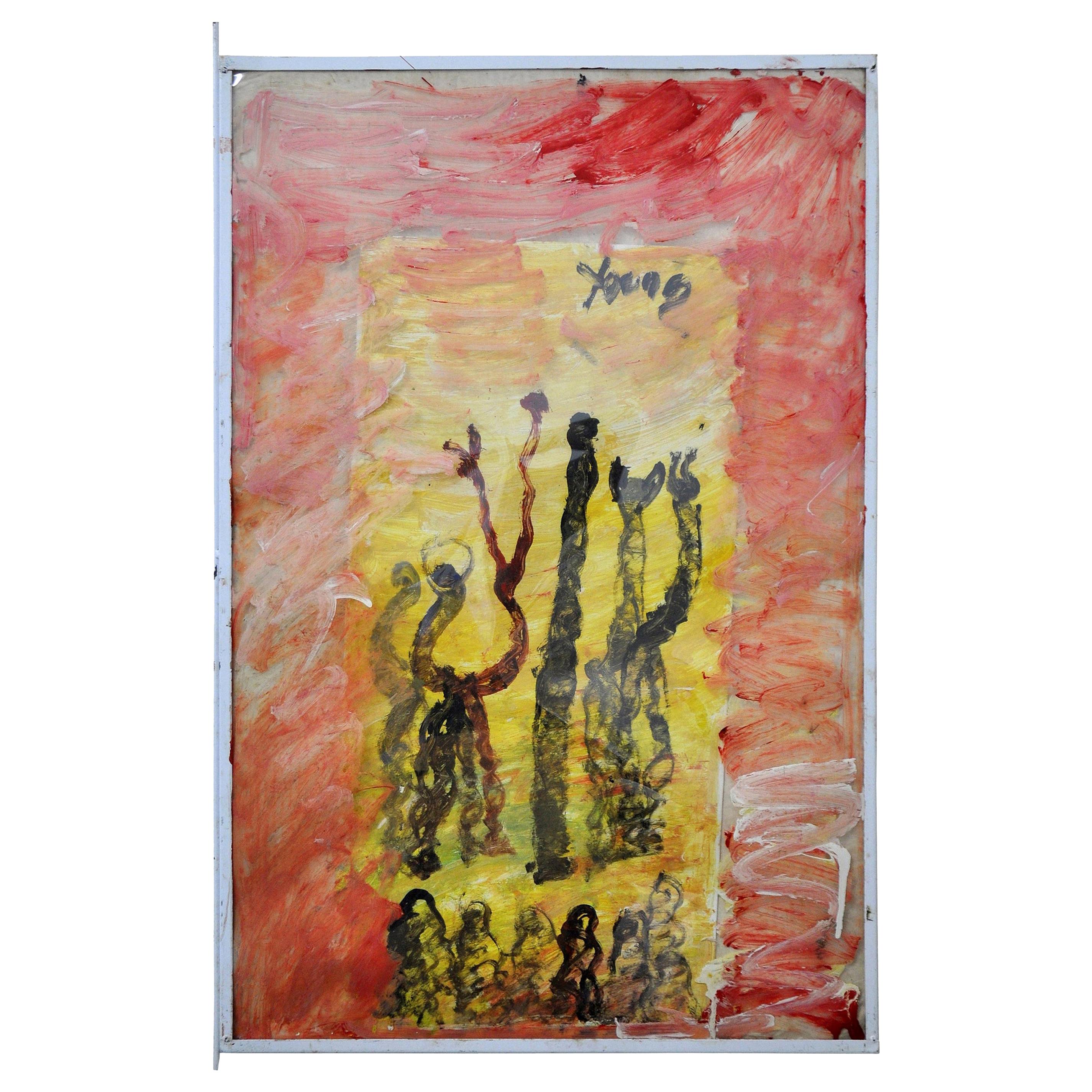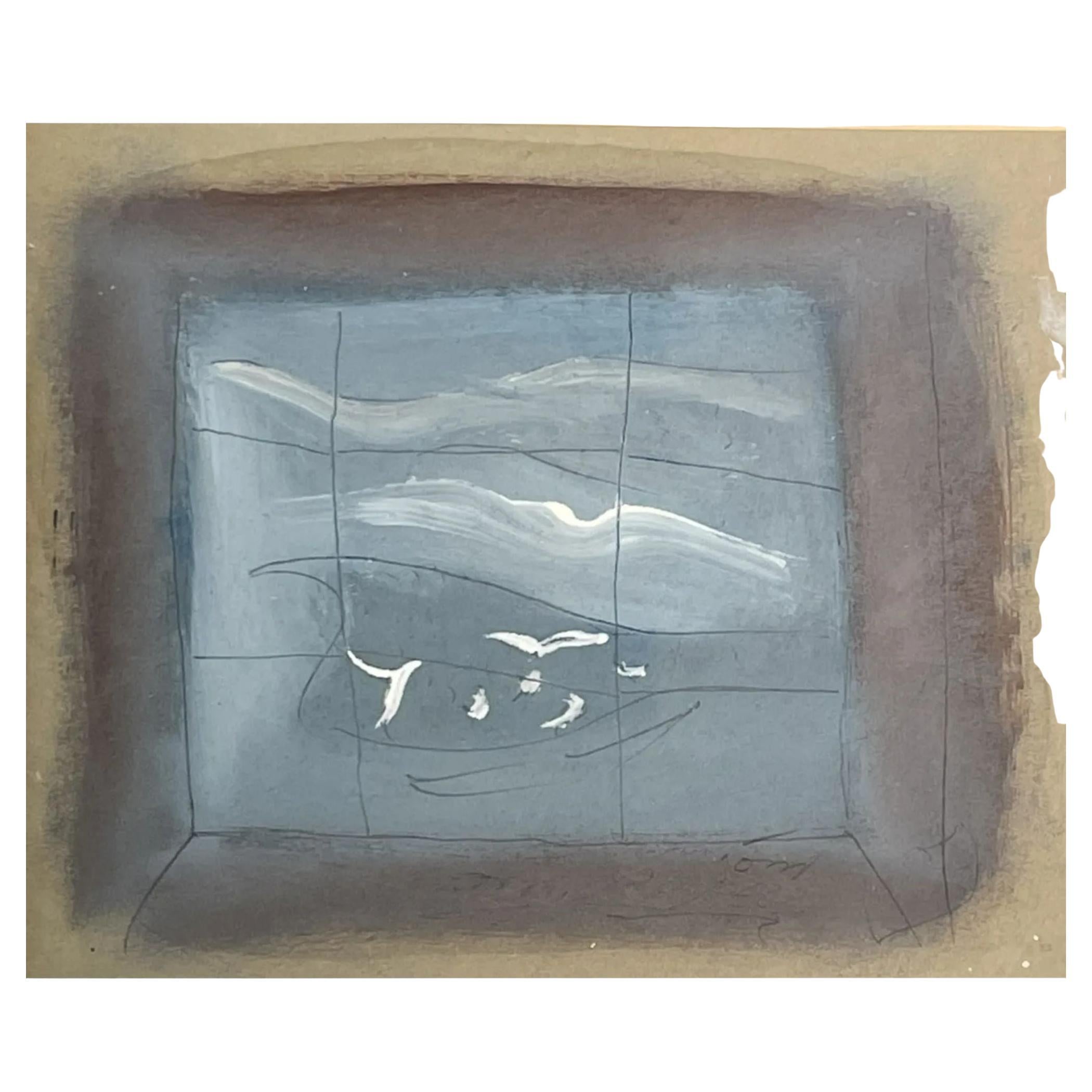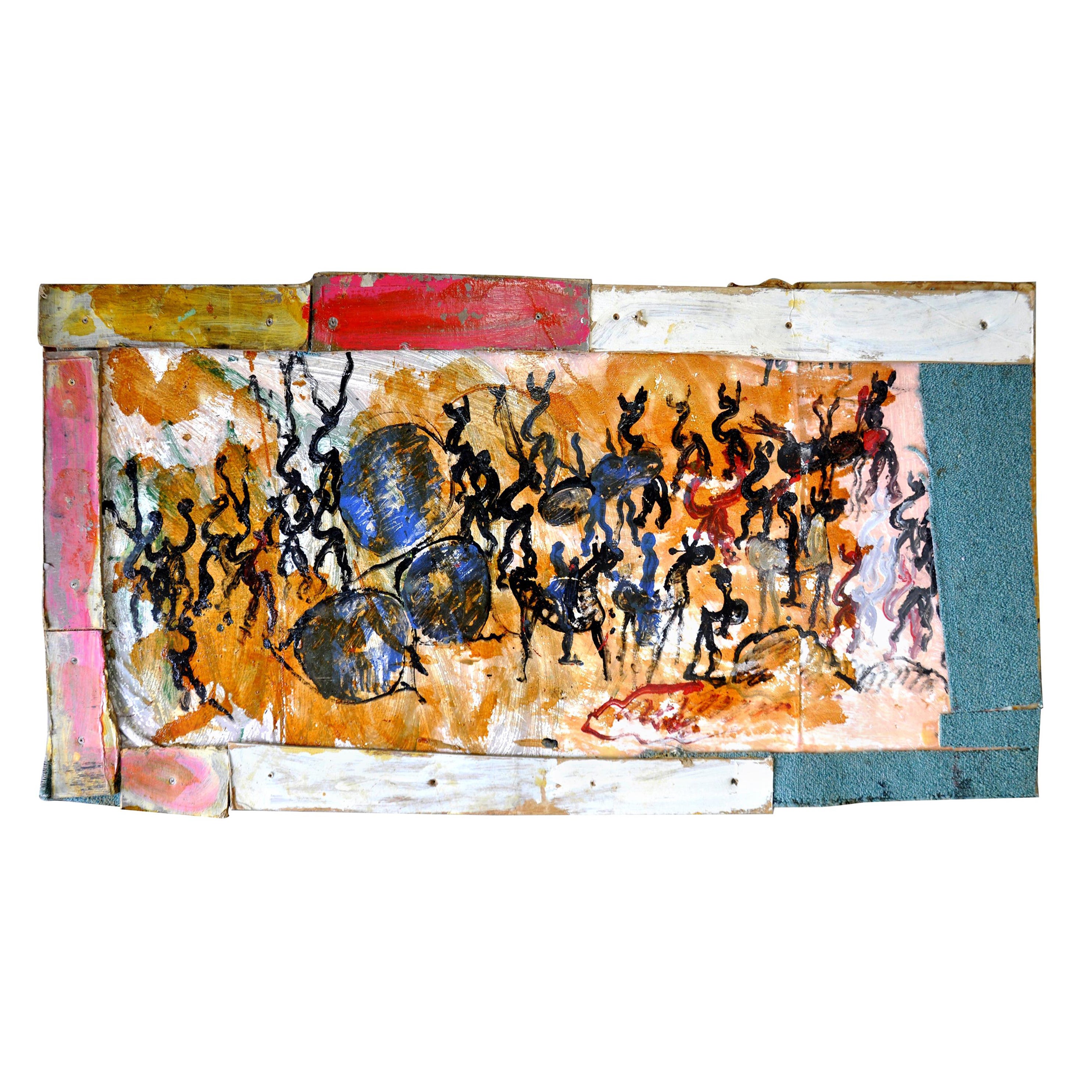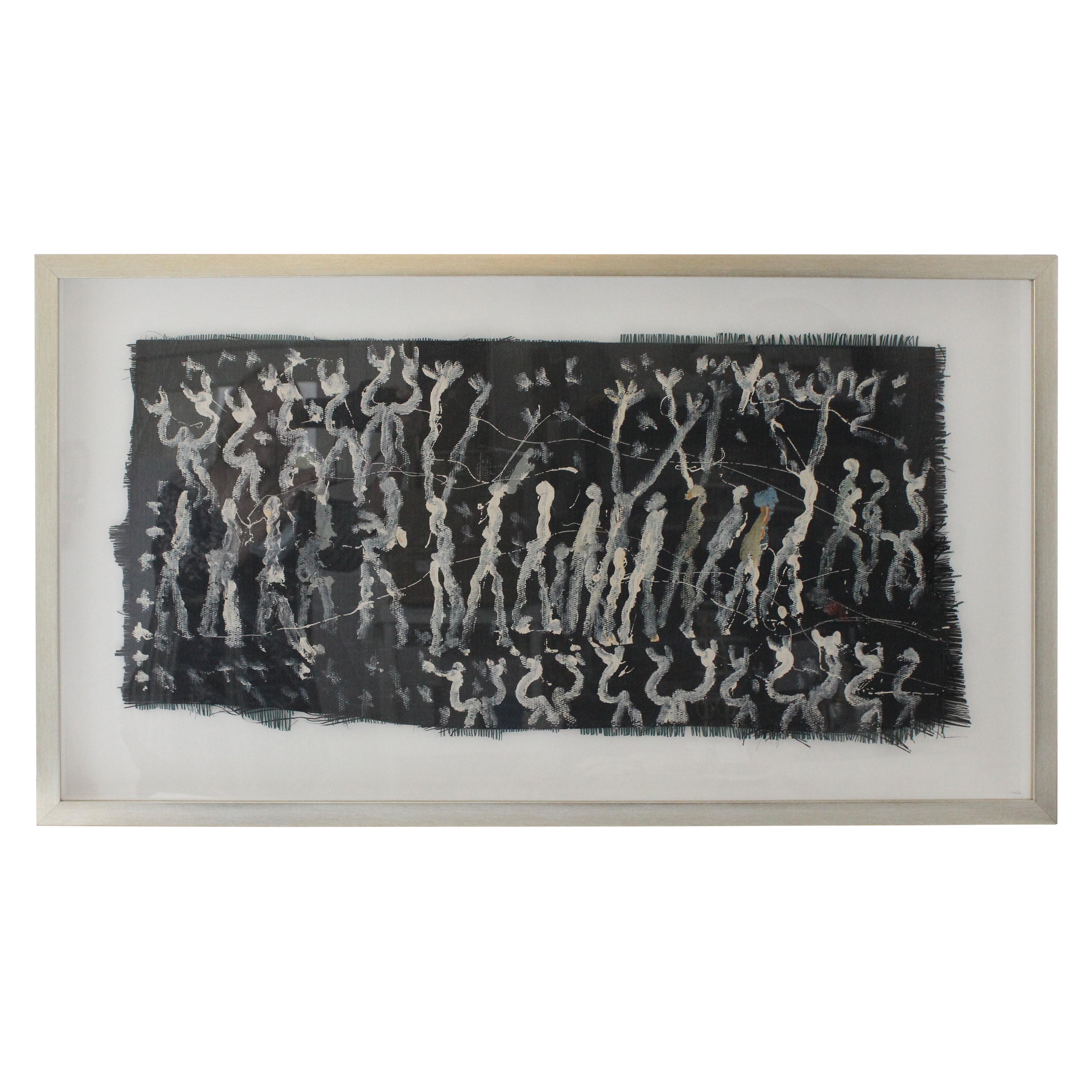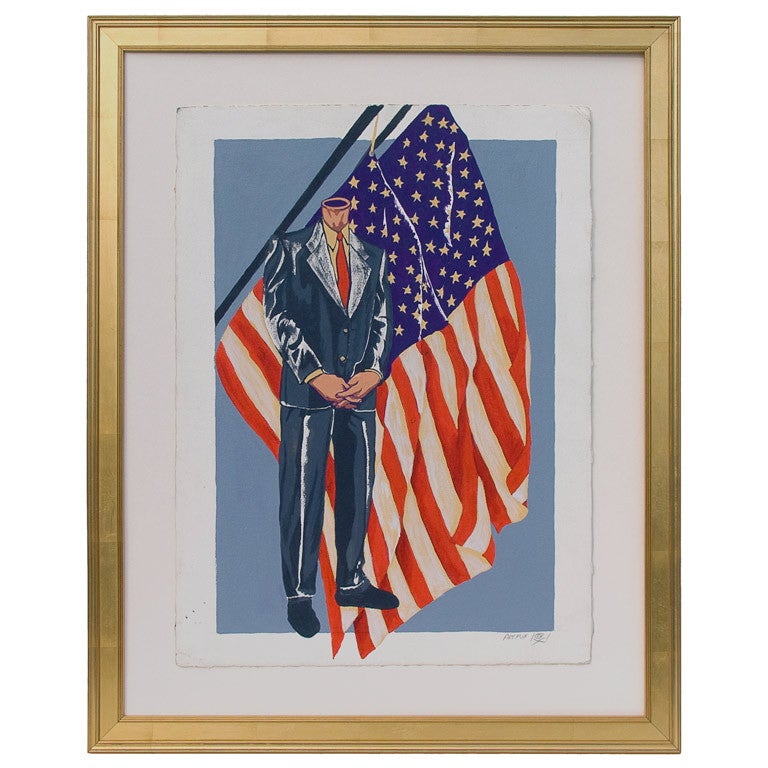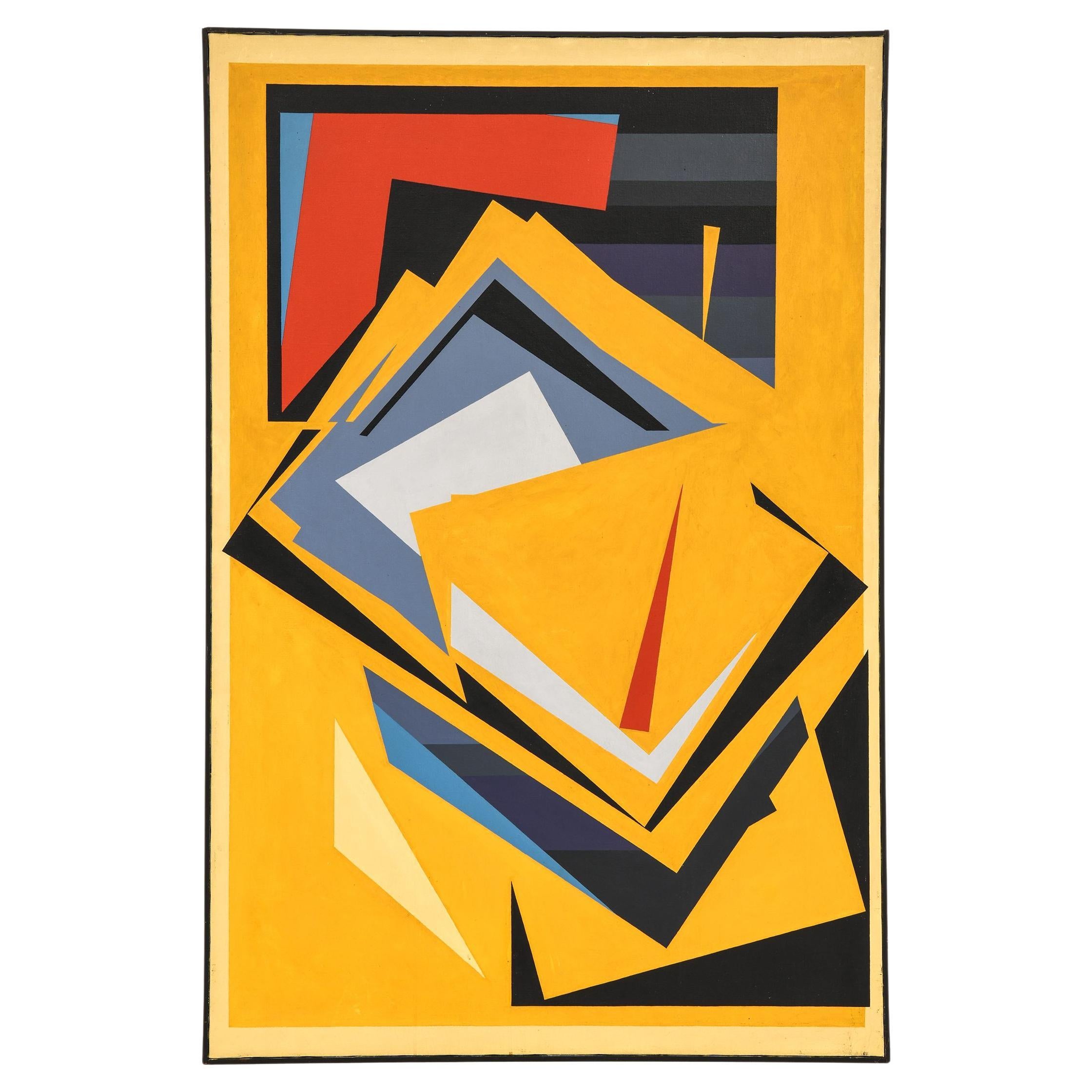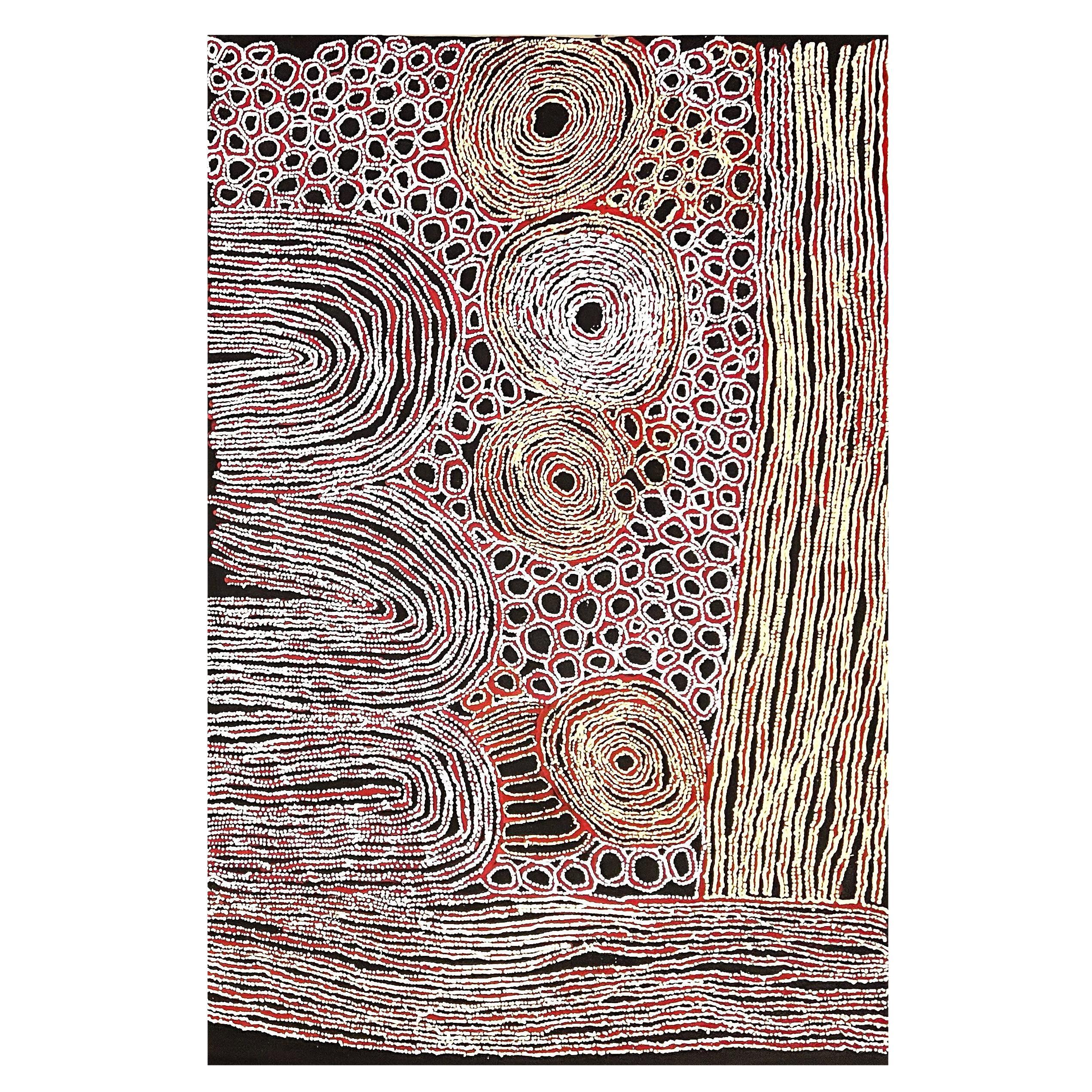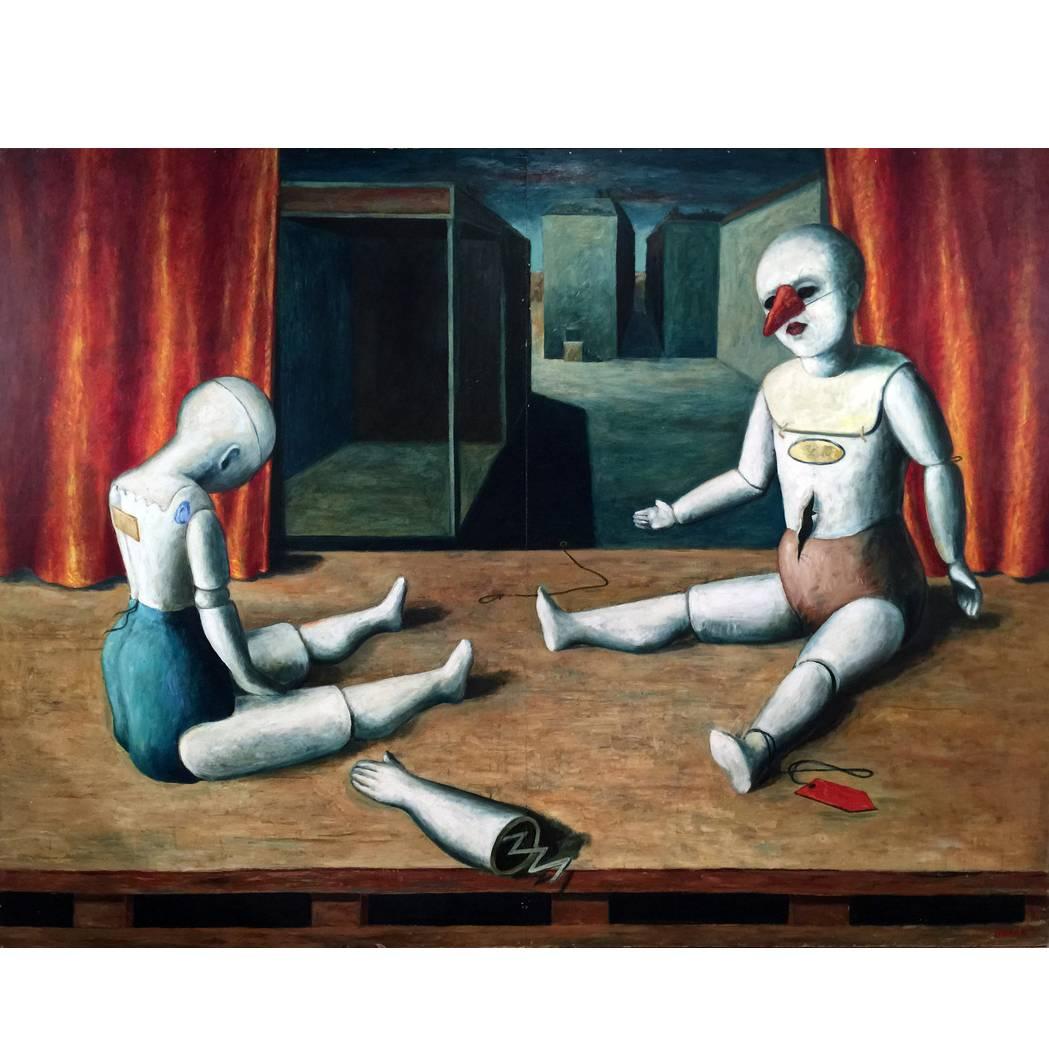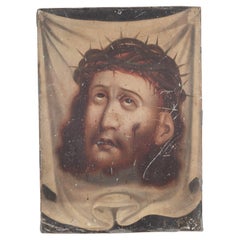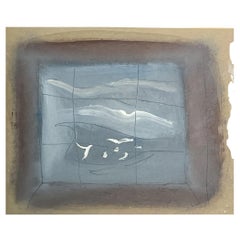
Untitled by Daniel Warth
View Similar Items
Want more images or videos?
Request additional images or videos from the seller
1 of 5
Untitled by Daniel Warth
About the Item
- Dimensions:Height: 40 in (101.6 cm)Width: 1 in (2.54 cm)Depth: 30 in (76.2 cm)
- Place of Origin:
- Period:
- Date of Manufacture:Circa 2014
- Condition:
- Seller Location:San Francisco, CA
- Reference Number:1stDibs: LU128022337512
About the Seller
5.0
Platinum Seller
These expertly vetted sellers are 1stDibs' most experienced sellers and are rated highest by our customers.
Established in 2014
1stDibs seller since 2015
1,144 sales on 1stDibs
More From This SellerView All
- 19th C. Mexican Retablo "Veronica's Veil", c.1880Located in San Francisco, CAAbout An original 19th century Mexican folk retablo "Veronica's Veil" or "El Divono Rostro" in Spain . Oil paint on tin. The Veil of Veronica, known in Italian as the Volto Santo or Holy Face, is a Roman Catholic Relic which, according to legend, bears the likeness of the Face of Jesus that was imprinted on it prior to Jesus' crucifixion. According to Roman Catholicism, Saint Veronica encountered Jesus in Jeruselum on the way to Calvary. When she paused to wipe the sweat (Latin, suda) off his face with her veil, his image was left on the veil. In the small village of Osa de la Vega in Spain, there lived a couple who led a very pious life. They were Gregorio de la Torre and Isabel Corral. From their father, Juan Montilla, they inherited a picture of the Face of Jesus or the Divino Rostro. A story that is told one day, to the amazement of many who confirmed its veracity, the picture began to perspire with living blood. News of this extraordinary event spread swiftly and widely throughout the land. CREATOR Unknown. DATE OF MANUFACTURE c.1880. MATERIALS AND TECHNIQUES Oil Paint on Tin. CONDITION Good. Wear consistent with age and use. DIMENSIONS H 14 in. W 10 in. HISTORY Retablos, better known as 'laminas' in Mexico, are small oil paintings on tin, wood and sometimes copper which were used in home altars to venerate the almost infinite number of Catholic saints. The literal translation for 'retablo' is 'behind the altar.' This unique genre of art, deeply rooted in European history, was brought to Mexico with the arrival of the Spanish and then ultimately adopted by New World mestizo natives to become what is known today as the Mexican folk retablo. The retablo was an art form that flourished in post conquest Mexico and then ultimately, with the introduction of inexpensive mediums such as tin, reached its pinnacle of popularity in the last quarter of the 19th century. With some exceptions, mostly untrained artists from the provinces worked to produce and reproduce these sacred images; some subjects painted more prolifically than others. A typical "retablero" may have reproduced the same image hundreds, if not thousands of times in his or her career. These oil paintings were sold to devout believers who displayed them in home altars to honor their patron saints. There are virtually hundreds of saints, each invoked to remedy a different situation. "San Ysidro Labrador," the patron saint of farmers, is venerated for good weather...Category
Antique 19th Century Mexican Folk Art Paintings
MaterialsTin
- 19th C. Mexican Retablo Saint Francis c.1880Located in San Francisco, CAAbout An original 19th century Mexican folk retablo of Saint Francis. Oil paint on tin. St. Francis of Assisi, Italian San Francesco d’Assisi was born 1181-1182 in Assisi, duchy of Spoleto, Italy and died October 3, 1226. He was canonized July 16, 1228. He founded the Franciscan orders of the Friars Minor and the lay Third Order. He was also a leader of the movement of evangelical poverty in the early 13th century. His evangelical zeal, consecration to poverty, charity, and personal charisma drew thousands of followers. Francis’s devotion to the human Jesus and his desire to follow Jesus’ example reflected and reinforced important developments in medieval spirituality. Cretor Unknown. Date of manufacture c.1880. Materials and techniques Oil Paint on Tin. Condition Good. Wear consistent with age and use. Dimensions H 14 in. W 10 in. History Retablos, better known as 'laminas' in Mexico, are small oil paintings on tin, wood and sometimes copper which were used in home altars to venerate the almost infinite number of Catholic saints. The literal translation for 'retablo' is 'behind the altar.' This unique genre of art, deeply rooted in European history, was brought to Mexico with the arrival of the Spanish and then ultimately adopted by New World mestizo natives to become what is known today as the Mexican folk retablo. The retablo was an art form that flourished in post conquest Mexico and then ultimately, with the introduction of inexpensive mediums such as tin, reached its pinnacle of popularity in the last quarter of the 19th century. With some exceptions, mostly untrained artists from the provinces worked to produce and reproduce these sacred images; some subjects painted more prolifically than others. A typical "retablero" may have reproduced the same image hundreds, if not thousands of times in his or her career. These oil paintings were sold to devout believers who displayed them in home altars to honor their patron saints. There are virtually hundreds of saints, each invoked to remedy a different situation. "San Ysidro Labrador," the patron saint of farmers, is venerated for good weather...Category
Antique 19th Century Mexican Folk Art Paintings
MaterialsTin
- 19th C. Mexican Retablo, C.1880Located in San Francisco, CAABOUT An original 19th century Mexican folk retablo. Oil paint on tin. Subject unknown. CREATOR Unknown. DATE OF MANUFACTURE c.1880. MATERIALS AND TECHNIQUES Oil Paint on Tin. CONDITION Good. Wear consistent with age and use. DIMENSIONS H 14 in. W 10 in. HISTORY Retablos, better known as 'laminas' in Mexico, are small oil paintings on tin, wood and sometimes copper which were used in home altars to venerate the almost infinite number of Catholic saints. The literal translation for 'retablo' is 'behind the altar.' This unique genre of art, deeply rooted in European history, was brought to Mexico with the arrival of the Spanish and then ultimately adopted by New World mestizo natives to become what is known today as the Mexican folk retablo. The retablo was an art form that flourished in post conquest Mexico and then ultimately, with the introduction of inexpensive mediums such as tin, reached its pinnacle of popularity in the last quarter of the 19th century. With some exceptions, mostly untrained artists from the provinces worked to produce and reproduce these sacred images; some subjects painted more prolifically than others. A typical "retablero" may have reproduced the same image hundreds, if not thousands of times in his or her career. These oil paintings were sold to devout believers who displayed them in home altars to honor their patron saints. There are virtually hundreds of saints, each invoked to remedy a different situation. "San Ysidro Labrador," the patron saint of farmers, is venerated for good weather...Category
Antique 19th Century Mexican Folk Art Paintings
MaterialsTin
$1,395 Sale Price36% Off - 19th c. Mexican Retablo "Veronica's Veil" c.1880Located in San Francisco, CAABOUT An original 19th century Mexican folk retablo "Veronica's Veil" or "El Divono Rostro" in Spain . Oil paint on tin. The Veil of Veronica, known in Italian as the Volto Santo or Holy Face, is a Roman Catholic Relic which, according to legend, bears the likeness of the Face of Jesus that was imprinted on it prior to Jesus' crucifixion. According to Roman Catholicism, Saint Veronica encountered Jesus in Jeruselum on the way to Calvary. When she paused to wipe the sweat (Latin, suda) off his face with her veil, his image was left on the veil. In the small village of Osa de la Vega in Spain, there lived a couple who led a very pious life. They were Gregorio de la Torre and Isabel Corral. From their father, Juan Montilla, they inherited a picture of the Face of Jesus or the Divino Rostro. A story that is told one day, to the amazement of many who confirmed its veracity, the picture began to perspire with living blood. News of this extraordinary event spread swiftly and widely throughout the land. CREATOR Unknown. DATE OF MANUFACTURE c.1880. MATERIALS AND TECHNIQUES Oil Paint on Tin. CONDITION Good. Wear consistent with age and use. DIMENSIONS H 14 in. W 10 in. HISTORY Retablos, better known as 'laminas' in Mexico, are small oil paintings on tin, wood and sometimes copper which were used in home altars to venerate the almost infinite number of Catholic saints. The literal translation for 'retablo' is 'behind the altar.' This unique genre of art, deeply rooted in European history, was brought to Mexico with the arrival of the Spanish and then ultimately adopted by New World mestizo natives to become what is known today as the Mexican folk retablo. The retablo was an art form that flourished in post conquest Mexico and then ultimately, with the introduction of inexpensive mediums such as tin, reached its pinnacle of popularity in the last quarter of the 19th century. With some exceptions, mostly untrained artists from the provinces worked to produce and reproduce these sacred images; some subjects painted more prolifically than others. A typical "retablero" may have reproduced the same image hundreds, if not thousands of times in his or her career. These oil paintings were sold to devout believers who displayed them in home altars to honor their patron saints. There are virtually hundreds of saints, each invoked to remedy a different situation. "San Ysidro Labrador," the patron saint of farmers, is venerated for good weather...Category
Antique 19th Century Mexican Folk Art Paintings
MaterialsTin
- 19th c. American Oil Portrait by Oscar Hallwig 1895Located in San Francisco, CAABOUT An antique 19th century oil portrait on canvas of a gentleman. Signed "Oscar Hallwig 1895" on the upper left corner. An original framers label on back. CREATOR Oscar Hall...Category
Antique 19th Century Victorian Paintings
MaterialsWood, Paint
$1,195 Sale Price22% Off - George Beline Oil on Canvas Portrait, c.1930Located in San Francisco, CAABOUT An original oil portrait on canvas by George Beline. The artwork is unframed. Subject unknown. CREATOR George Beline (New York, Belarussian, 1887 - 1971). DATE OF MANUFACTURE circa 1930. MATERIALS AND TECHNIQUES Oil on Canvas. CONDITION Good. Wear consistent with age. Some craquelure. No visible inpaint under UV light. DIMENSIONS 28 in. x 24 in. x 1.25 in. HISTORY Born in Minsk, Belarus, George Beline settled in New York City. He studied in Paris at the Academie Julian with Jean Paul...Category
Early 20th Century Industrial Paintings
MaterialsPaint
You May Also Like
- Mixed-Media Painting by Purvis Young, Untitled, Circa 1990By Purvis YoungLocated in Miami, FLMixed-media work by artist Purvis Young. Acrylic on paper, plastic and white metal sign insert cover. Folk Art painted in black, white, pink, yellow, red and green. Work on found obj...Category
1990s American Folk Art Paintings
MaterialsMetal
- Untitled, Mix Media, 1968Located in London, GBUntitled, mix media, 1968 Additional information: Style: mixed media Label to verso Dimensions: 23 x 28 cm This work has been part of a private collec...Category
20th Century English Paintings
MaterialsPaper
- Untitled, Purvis Young Mixed-Media Painting, 1980sBy Purvis YoungLocated in Miami, FLAbstract mixed-media work by artist Purvis Young. Folk Art portraying bleeding and pregnant figures in a crowd, policemen on horseback and large blue eyes. Young used eyes as symbols...Category
Vintage 1980s American Folk Art Paintings
MaterialsPaint, Reclaimed Wood, Canvas, Paper
- "Redemption" Painting by Purvis YoungBy Purvis YoungLocated in West Palm Beach, FLThis large scale piece by Purvis Young was acquired from an estate in Miami, Florida and has been professionally framed using archival materials. Title: "Redemption" Perhaps e...Category
Early 20th Century American Folk Art Paintings
MaterialsTextile, Paint
- Headless Leader Painting by ArtfuxBy ArflexLocated in Palm Springs, CAA great image by the collaborative group Artfux founded in 1990. This work was most likely influenced by one of the founders Ray Arcadio. From his website the following; To artist R...Category
Late 20th Century American Paintings
- Art, "The Casino" By Malcah ZeldisBy Malcah ZeldisLocated in Pompano Beach, FL"The Casino" is an example of Malcah's work which encompasses her view of life. Malcah Zeldis is in more museums in the world than any other contemporary...Category
Vintage 1970s Paintings
$8,200 Sale Price36% Off
